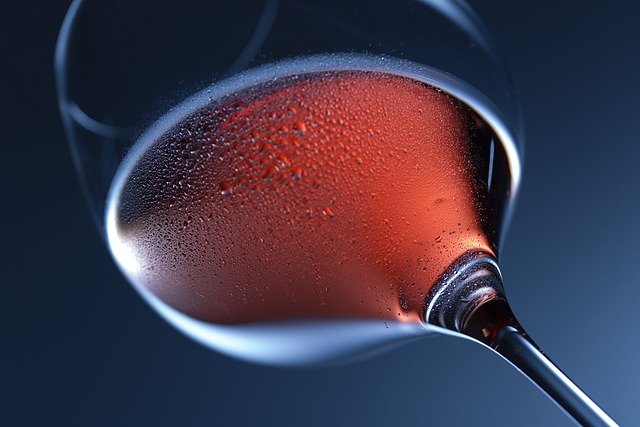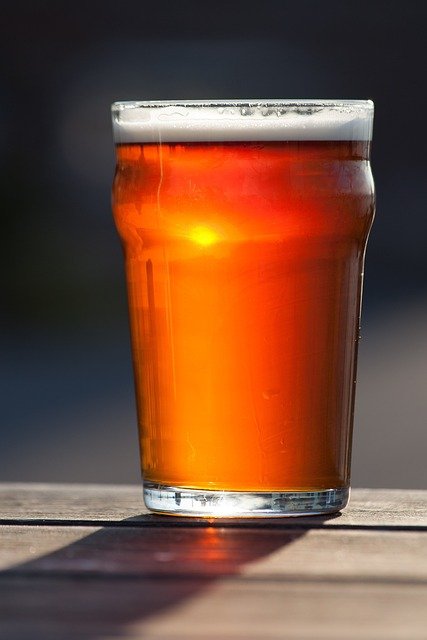Beer Kegerator Guide: Tips for Choosing & Maintaining Your Draft System
Whether you’re a homebrewing enthusiast or simply love the taste of draft beer, a beer kegerator is a fantastic addition to any home bar or entertainment space. This guide will walk you through everything you need to know about selecting, maintaining, and enjoying your kegerator—while also exploring how it compares to a wine & beverage cooler for versatile chilling options.
Choosing the Right Kegerator
When selecting a kegerator, consider these key factors:
- Size & Capacity: Kegerators come in various sizes, from compact single-tap units to larger commercial-grade systems. Think about how much beer you plan to serve.
- Type of Keg: Ensure compatibility with standard keg sizes (e.g., 1/6 barrel, 1/2 barrel) or specialty kegs like Cornelius (Corny) kegs for homebrewers.
- Cooling System: Look for energy-efficient compressors that maintain consistent temperatures, similar to those found in high-end wine & beverage coolers.
Setup & Maintenance Tips
A well-maintained kegerator ensures fresh-tasting beer every time. Follow these steps:
- Clean Your Lines: Beer lines should be cleaned every two weeks to prevent bacterial buildup.
- Check CO2 Levels: Ensure your CO2 tank is properly pressurized to avoid flat beer.
- Monitor Temperature: Keep your kegerator between 36-40°F for optimal serving conditions—just like a wine cooler preserves delicate flavors.
Kegerator vs. Beverage Coolers
While kegerators specialize in draft beer, a wine & beverage cooler offers broader versatility for chilling bottles, cans, and even non-alcoholic drinks. If you entertain often, pairing a kegerator with a dedicated cooler can elevate your hosting game.
Final Thoughts
Investing in a beer kegerator brings the pub experience home, but don’t overlook the convenience of a beverage cooler for storing additional drinks. Whether you prioritize draft beer or multi-drink storage, both appliances enhance your home bar setup.



